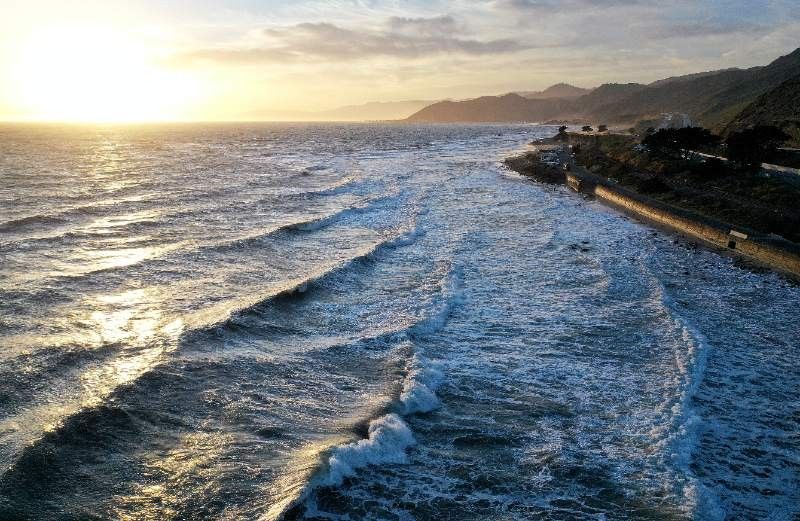Global sea level jumped due to El Nino and climate change — NASA

WASHINGTON, United States — Global average sea level rose by about 0.3 inches (0.76 centimeters) from 2022 to 2023 -- nearly four times the increase of the previous year -- NASA said Thursday, attributing the "significant jump" to a strong El Nino and a warming climate.
The NASA-led analysis is based on more than 30 years of satellite observations, with the initial satellite launching in 1992 and the latest in 2020.
Overall, sea levels have risen by around four inches since 1993. The rate of increase has also accelerated, more than doubling from 0.07 inches per year in 1993, to the current rate of 0.17 inches per year.
"Current rates of acceleration mean that we are on track to add another 20 centimeters of global mean sea level by 2050," said Nadya Vinogradova Shiffer, director for the NASA sea level change team and the ocean physics program in Washington.
That would be double the amount of change in the next three decades compared to the previous century, she said, creating a future where flooding is far more frequent and catastrophic than today.
The immediate cause of the spike is the El Nino weather effect, which replaced the La Nina from 2021 to 2022, when the sea level rose around 0.08 inches.
El Nino involves warmer-than-average ocean temperatures in the equatorial Pacific.
"In El Nino years, a lot of the rain that normally falls on land ends up in the ocean, which raises sea levels temporarily," said Josh Willis, a sea level researcher at NASA's Jet Propulsion Laboratory (JPL).
But there is also a clear human footprint evident in the underlying trend of acceleration.
"Long-term datasets like this 30-year satellite record allow us to differentiate between short-term effects on sea level, like El Nino, and trends that let us know where sea level is heading," said Ben Hamlington, lead for NASA's sea level change team at JPL.
Technological innovations have brought greater accuracy of measurements over the years. For example, radar altimeters bounce microwaves off the sea surface, then record the time the signal takes to travel back to the satellite, as well as the strength of the return signal.
They also cross-check their data with other sources like tide gauges and satellite measurements of atmospheric water vapor and Earth's gravity field
- Latest
























